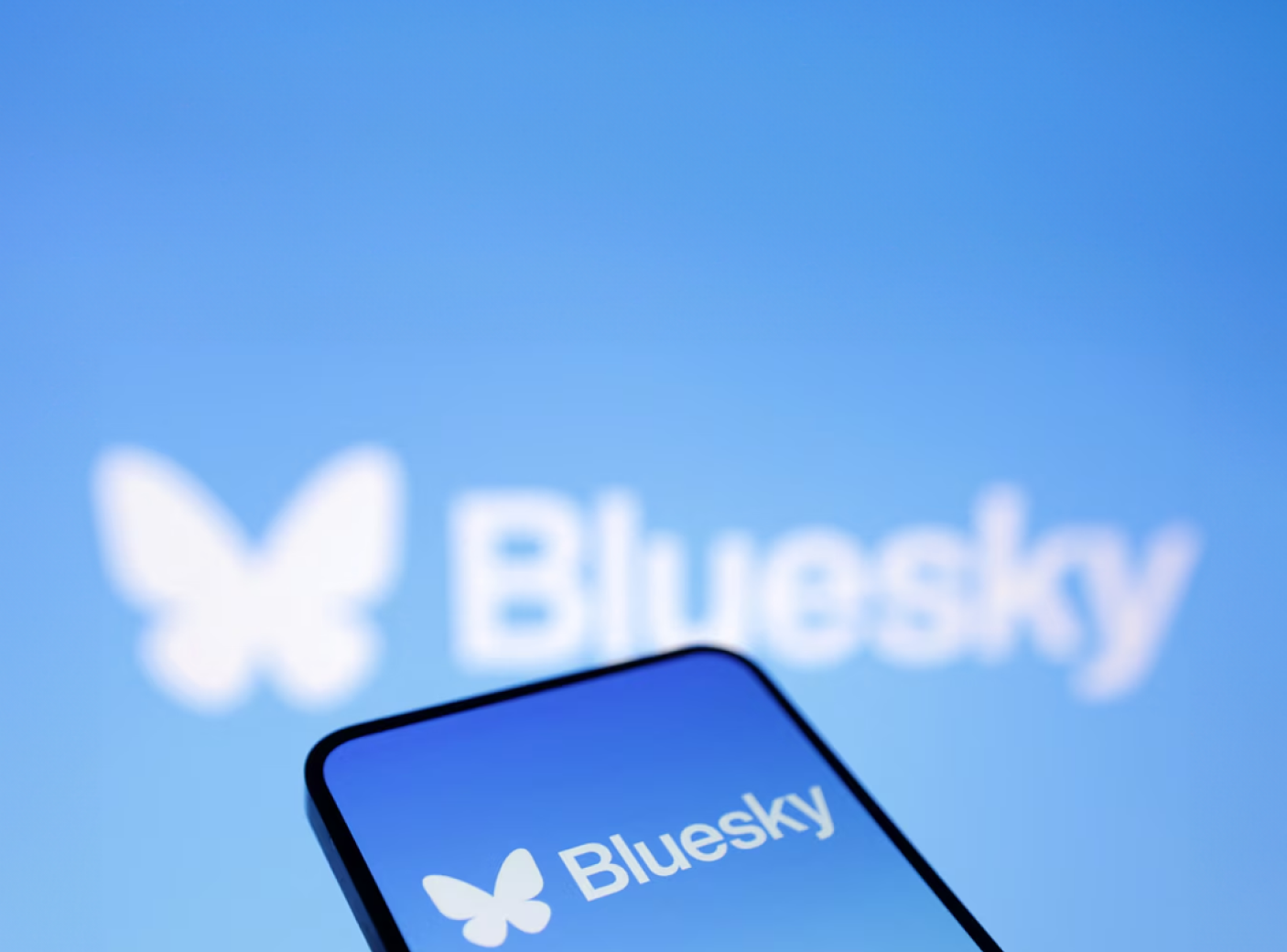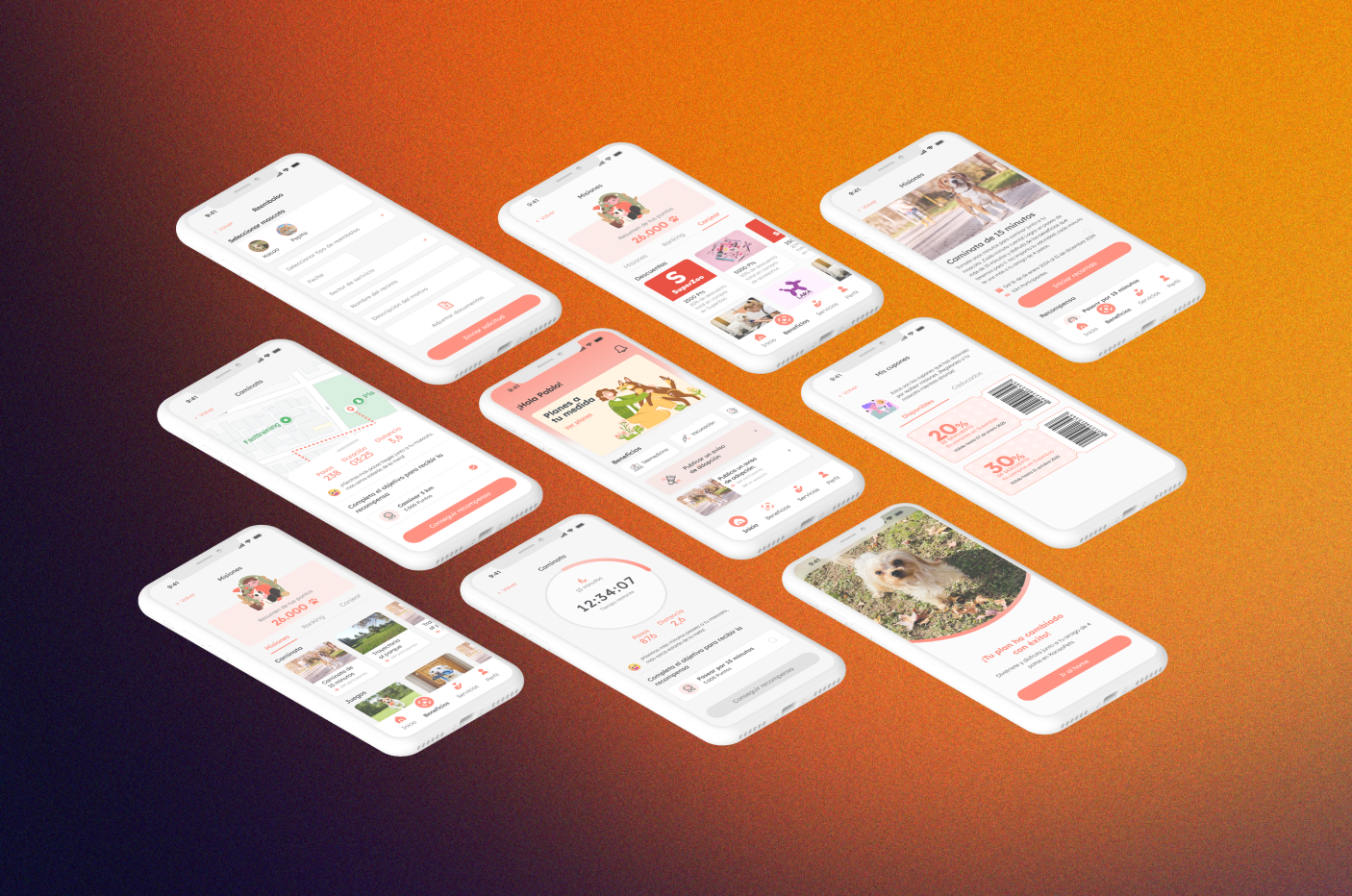Share this article
People are turning to Bluesky, tired of the bots, aggressiveness, and fake news that abound on Elon Musk’s network. These days, it is the number one free app on the App Store and Play Store.
Fernando Espejo (45) made a drastic decision last week: he left X and focused on Bluesky, a microblogging social network—similar in function to the old Twitter with short posts.
“I got tired. X had become a toxic place. Nonsense pops up, and you start getting angry and even arguing with others. Leaving it was something I had been thinking about for a while because I feel it contributes to misinformation,” he says.
The trend of leaving X and opting for another social network like Bluesky is global. “It has mainly been seen in English-speaking countries like the US, the UK, and Canada,” says Bárbara Riveros, Content and Strategy Director at digital marketing agency Mind.
This migration has also been influenced by media outlets like The Guardian (UK) and La Vanguardia (Spain), which decided to leave X. Last year, advertisers like IBM and NBCUniversal fled X over concerns that their ads appeared next to pro-Nazi content and hate speech in general.
Bluesky is a new social network gaining followers and aiming to surpass X. The number of new users has increased after the US elections, reaching around 17 million compared to 13 million at the end of October.
Espejo has also noticed that in Chile, the number of people signing up for Bluesky has risen recently. “I created my account months ago and had two followers, but in the last two weeks, I went up to 85, and I’m finding more and more people I know,” he explains.
According to Bluesky data, the number of new users has increased after the US elections, reaching around 17 million compared to 13 million at the end of October. Another spike in users occurred in August when X was banned in Brazil. At that time, Bluesky gained 2.6 million users, 85% of whom were Brazilian.
Last week, another milestone was reached. On Thursday, it hit one million new users in a single day.
It’s rapid growth, but it still doesn’t come close to the 611 million active users that X is estimated to have.
Currently, Bluesky is the number one free app on downloads in Apple’s App Store, with Threads, Meta’s social network and another X alternative, in second place. In Play Store, Bluesky is the most popular download, with Threads coming in fourth.
Close Relatives
Bluesky is a close relative of Twitter and, therefore, of X. They share the same creator: US entrepreneur Jack Dorsey. “This platform was born from within Twitter, with direct participation from some of its designers and developers, who were involved in a project that, it seems, anticipated that Twitter would inevitably be absorbed and transformed into a megacompany,” says Hugo Durney, academic at the Metropolitan Technological University.
“Rather than making an app, what they did was develop a decentralized standard or protocol for social networks,” adds the specialist. This development gave birth to Bluesky.
“Bluesky is the alternative that most closely resembles the user experience and original features of Twitter,” adds Durney.
Registration is free and easy (you need to provide an email, date of birth, create a password, and choose a username). All of this is done on their website https://bsky.app/ or through the iOS and Android apps.
It follows the same logic of following users. While the original Twitter had 140 characters, Bluesky gives you 300 characters to write. What was called a tweet on Twitter is referred to as a “skeet” (a mix of sky and tweet) on Bluesky, although its CEO, Jay Graber, says they’re simply called posts. Like other social networks, you can also “like,” share, and reply to other users’ posts.
In its main section, there are two columns: one shows only the posts from the people you follow in reverse chronological order (the most recent posts are seen first); the other shows the latest updates determined by an algorithm. The algorithm is determined after registration, where users are asked to choose areas of interest.
Riveros highlights its more open nature. “The community has more control over content, and there is some censorship of inappropriate content. The algorithm is refined so that you see what you want to see based on your interests, something that was no longer happening on X, where there were also many bots.”
You can use emojis, add animated gifs, images, and videos (up to one minute). The hashtag or # symbol is not used for topics here, but to indicate feeds, which are like groups with defined themes. A user can subscribe to feeds about “gardening” or “cat photos,” and these will be added as a tab in their main window.
“I like it. It feels much cleaner of bots, you feel like you’re interacting with real people, and for now, everyone is helping each other because they’re all figuring out what to do and who to follow. I hope it stays like this,” says Espejo.














